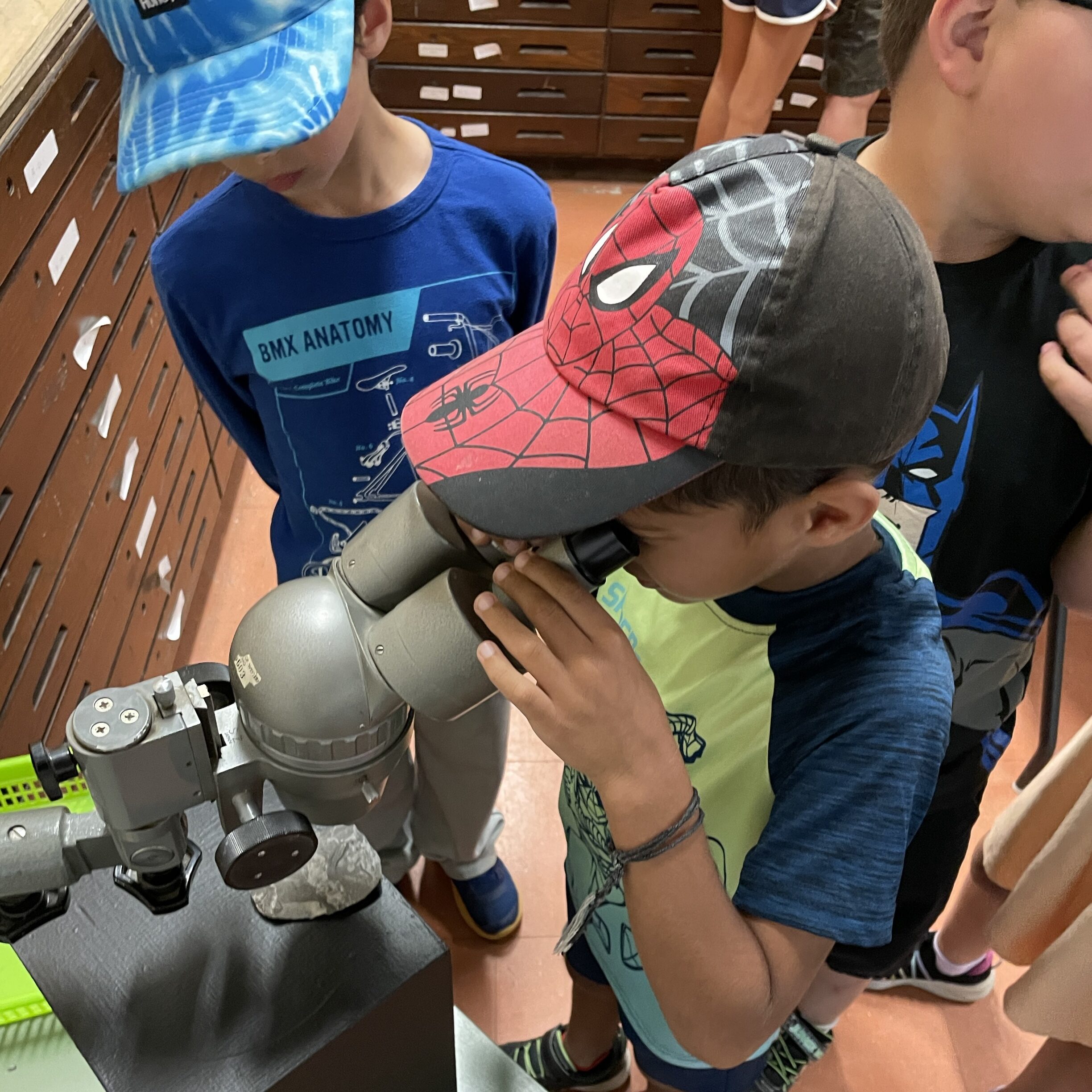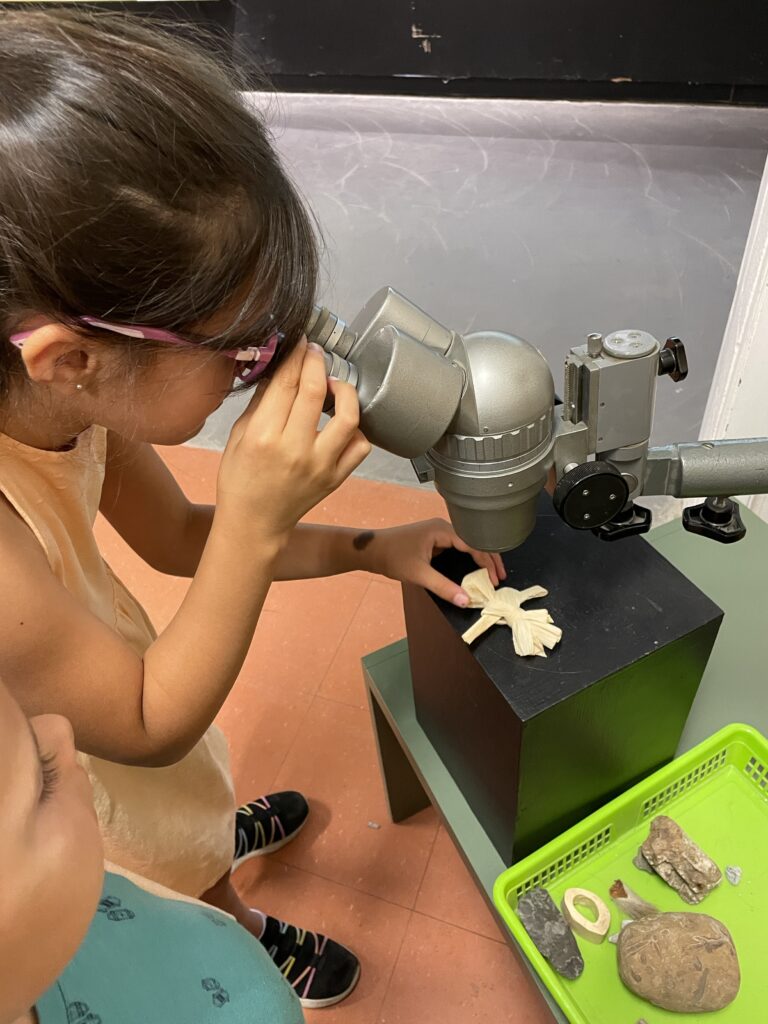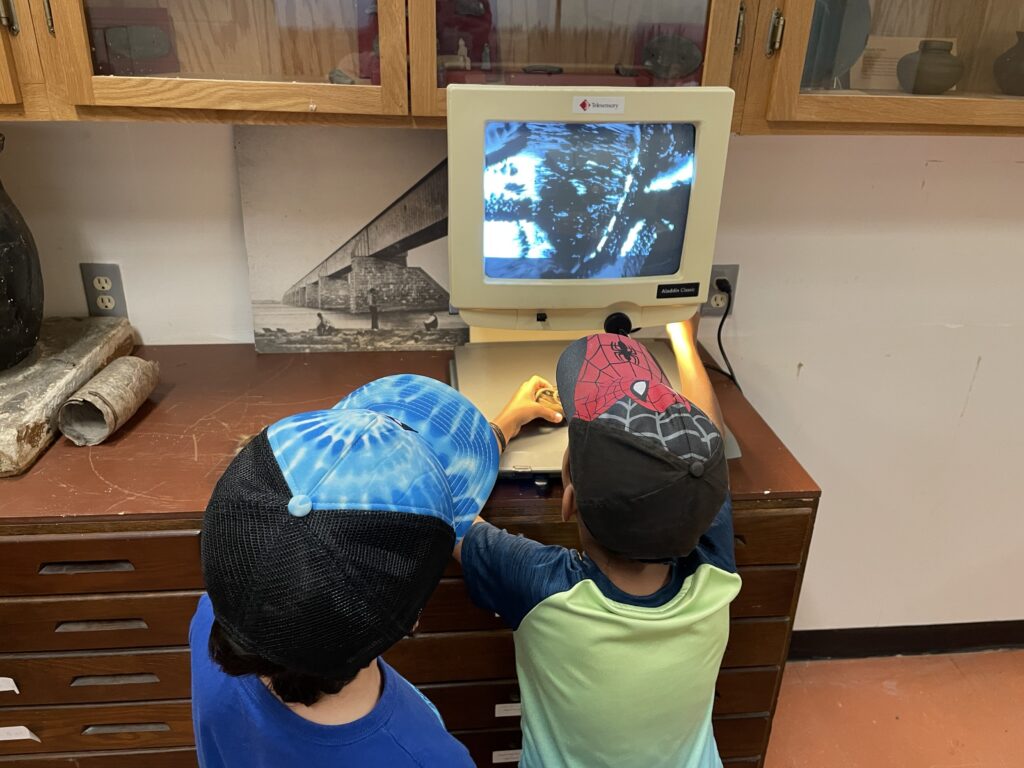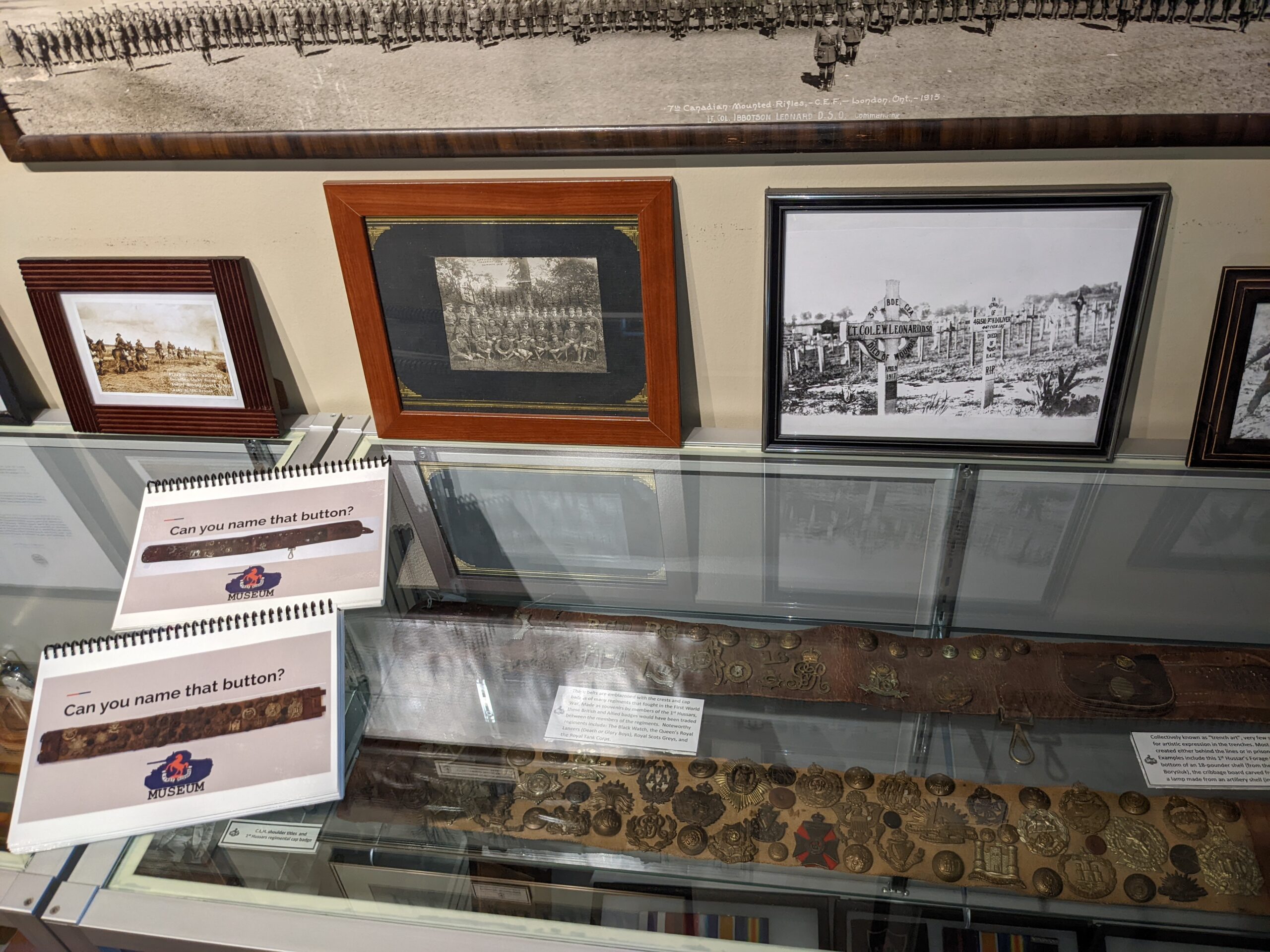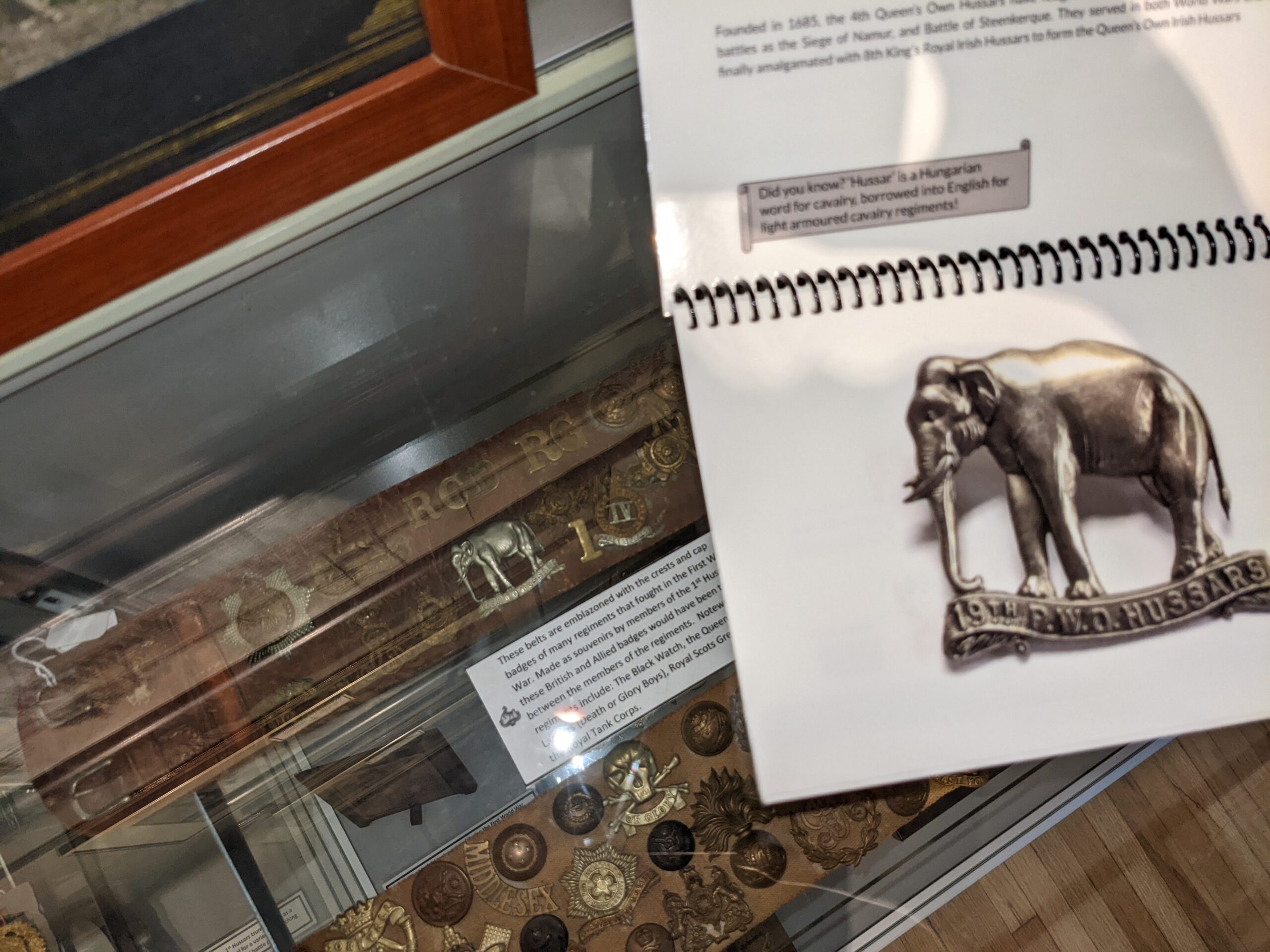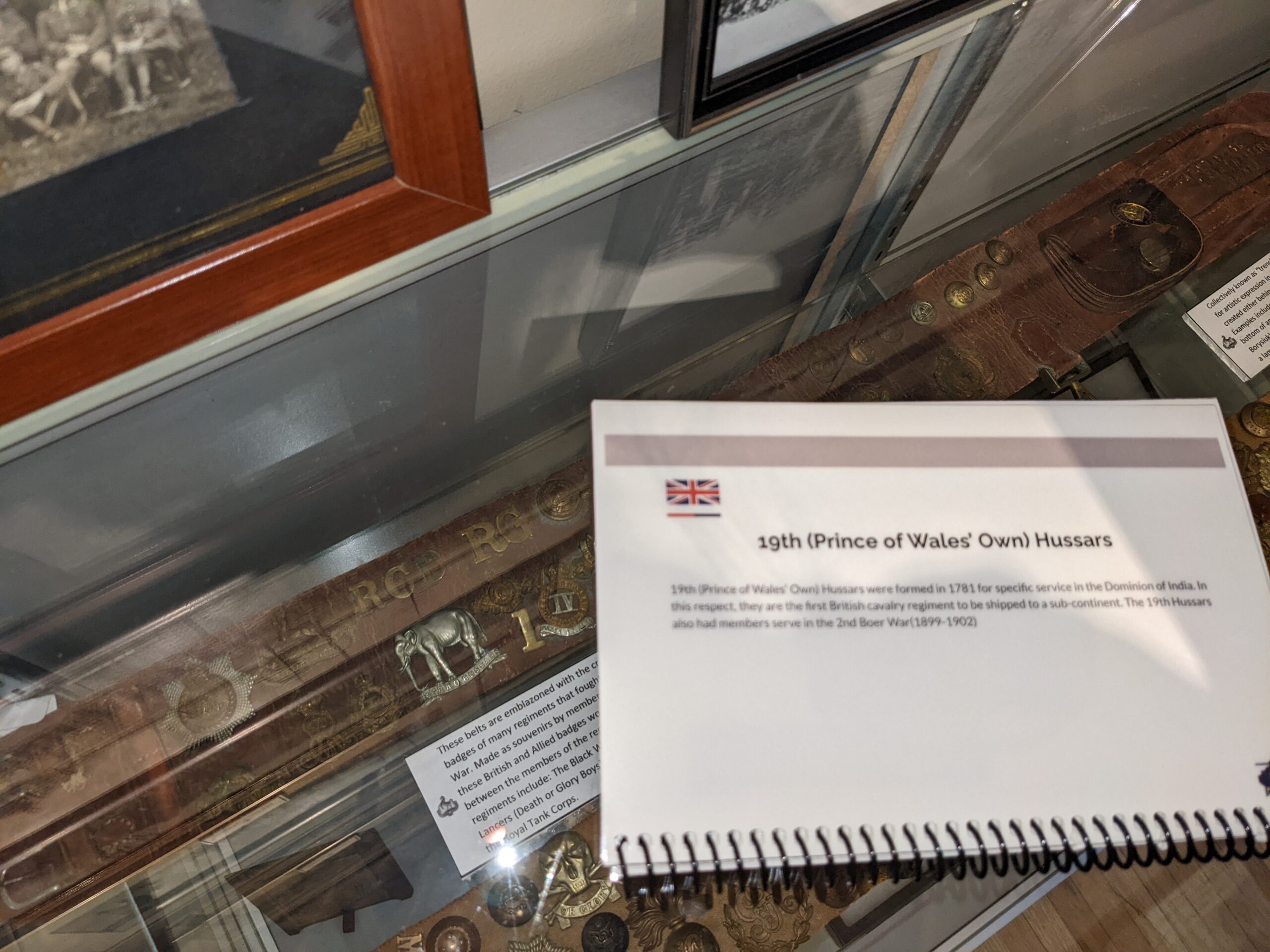Portfolio
At the Museum of Ontario Archaeology in 2023, my supervisor cleaned out a room off the gallery that was meant to be additional programming space. There she found a large microscope. Later, the collections manager gave the programming department a digital enlarger that was collecting dust in collections.
I found a table that would put the microscope at a child appropriate level. Then I created a collection of objects from our hands-on collection that would be interesting to see under the microscope. This created a really interesting activity during free-time.
The enlarger I ended up using during a summer camp program. I raised two monarch caterpillars from eggs, and the enlarger allowed the kids to see them as a big group, before they came up individually.


At the First Hussars Museum in 2022, my coworker and I created a series of flip books that correspond with artifacts.
In particular, there were two belts that featured cap badges from different regiments in World War I. However, many did not feature text which would allow people to know what they were.
The flip books had a copy of the cap badge on one side, and basic information about that regiment on the back. It also featured small flags to indicate the origin of the regiment.
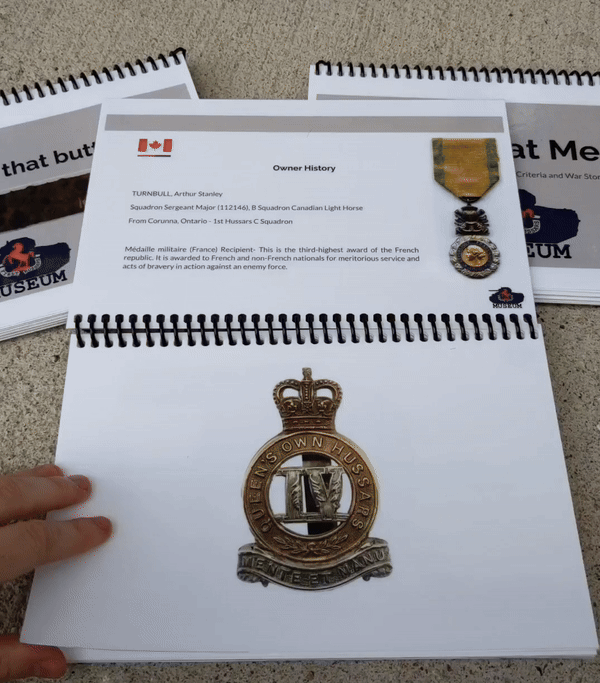
At the Digital Humanities Summer Institute 2023, I took two week-long classes: Engaging Play/Playing to Engage: Teaching and Learning through Creating Games in the College Humanities Classroom; and Digital Storytelling. Both of these programs used Twine, a program which allows for choose-your-own-adventure style interactives.
I am creating an archaeology dig Twine program. Players faces choices that are given to professional archaeologists, which then affect future elements of the game. When artifacts are found, players are presented with a 3D model courtesy of the Museum of Archaeology’s Sketchfab.
This game is playable but details are still under development.
The Holy Roller is one of two Canadian Sherman tanks to survive from D-Day to the end of WWII. I was inspired by my work at the First Hussars Museum to try to make an AR version of the tank, so that the many visitors who go to WWII battle sites could take the tank with them.
Currently, I have a 3D scan of the tank. Due to the height of the tank, the top of the tank did not scan. I am currently using Blender to fix the model.
From there, I will be using Unity Engine to create the AR experience.
For History 9832B – Interactive Exhibits, Disability and Design Justice, I worked in a team of three to produce an interactive exhibit display that worked in tandem with a projector. We used VPT8, a free software to control the projection and used a webcam to sense movement over the control dots. We animated Canva images and wrote example wall panels.
We are deeply indebted to the advice and inspiration from Oil Museum of Canada and Lambton County staff.
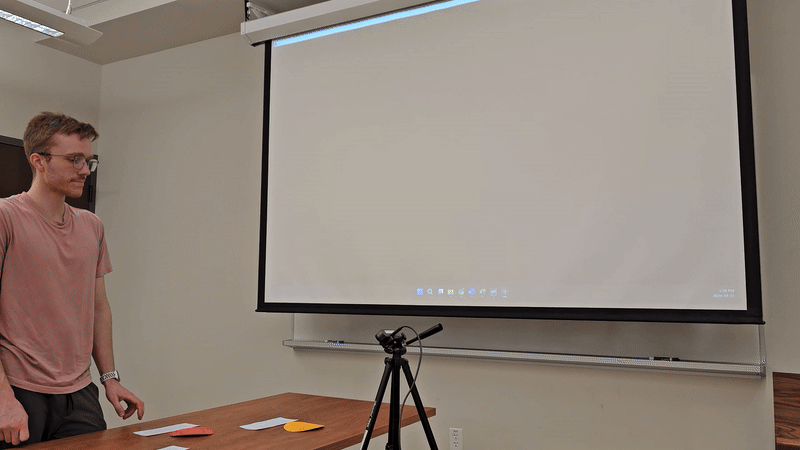
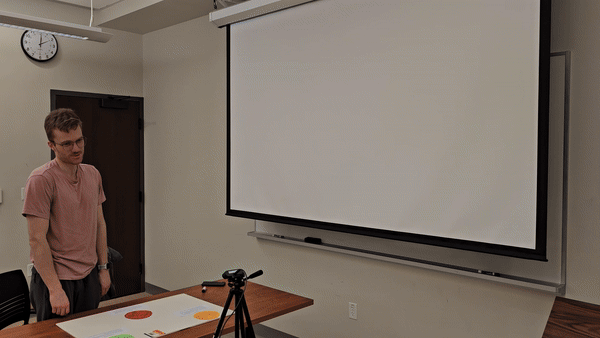
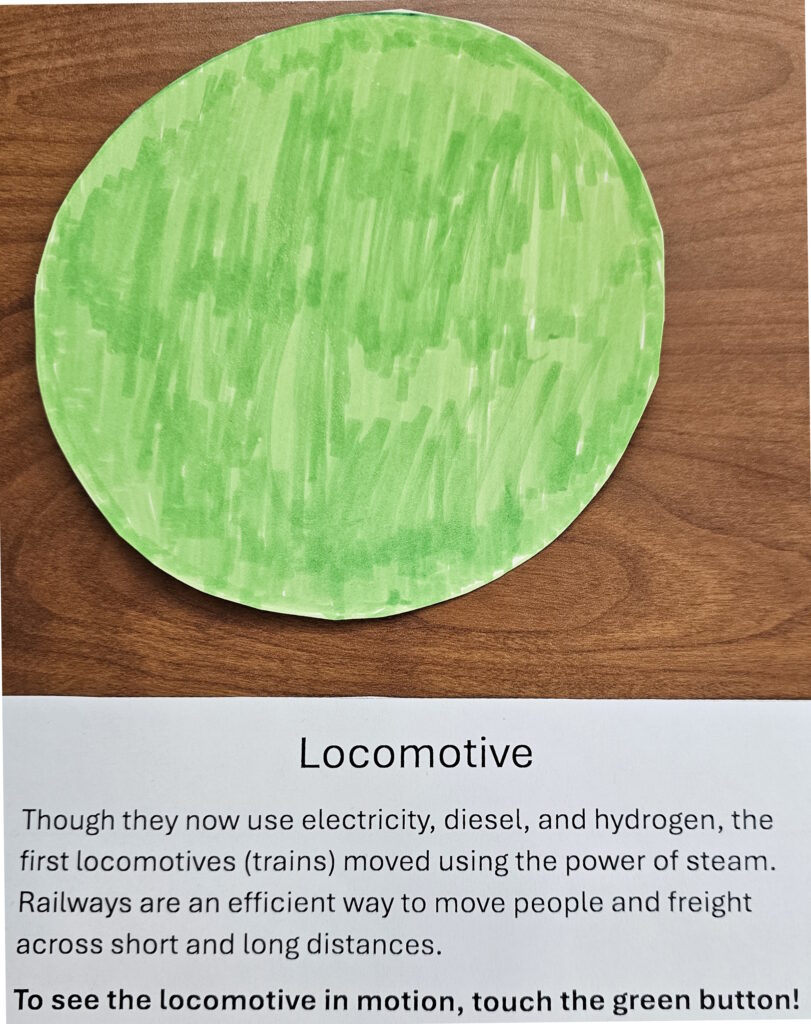
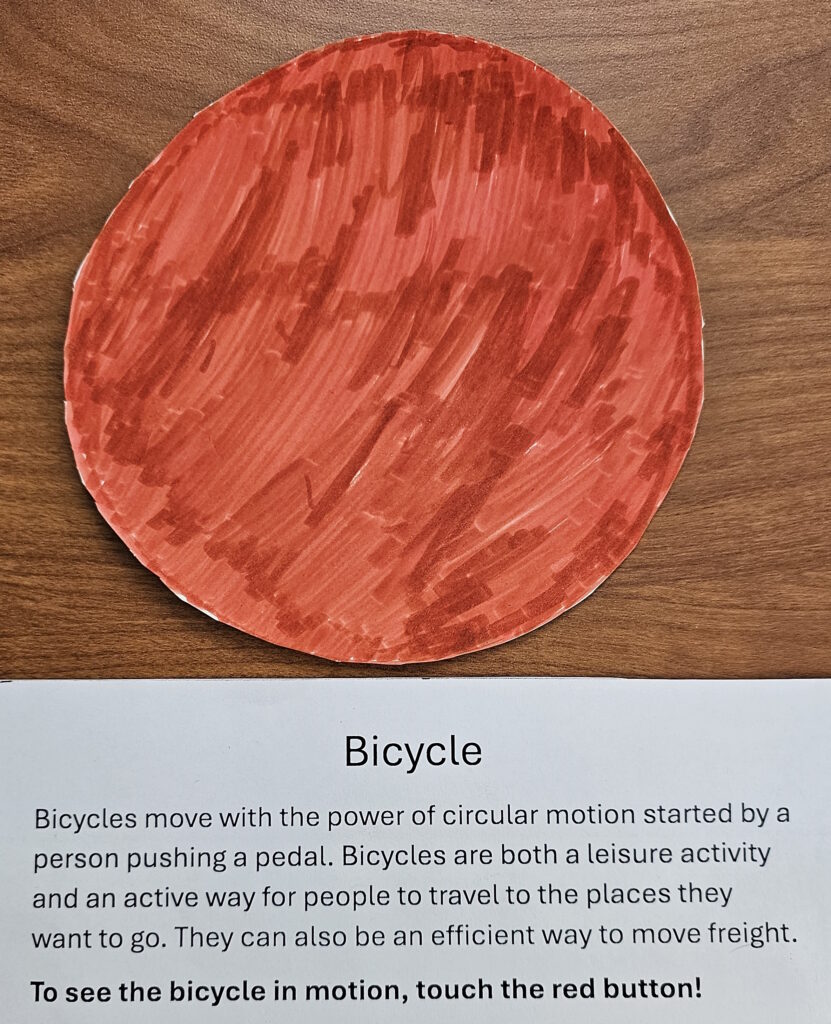
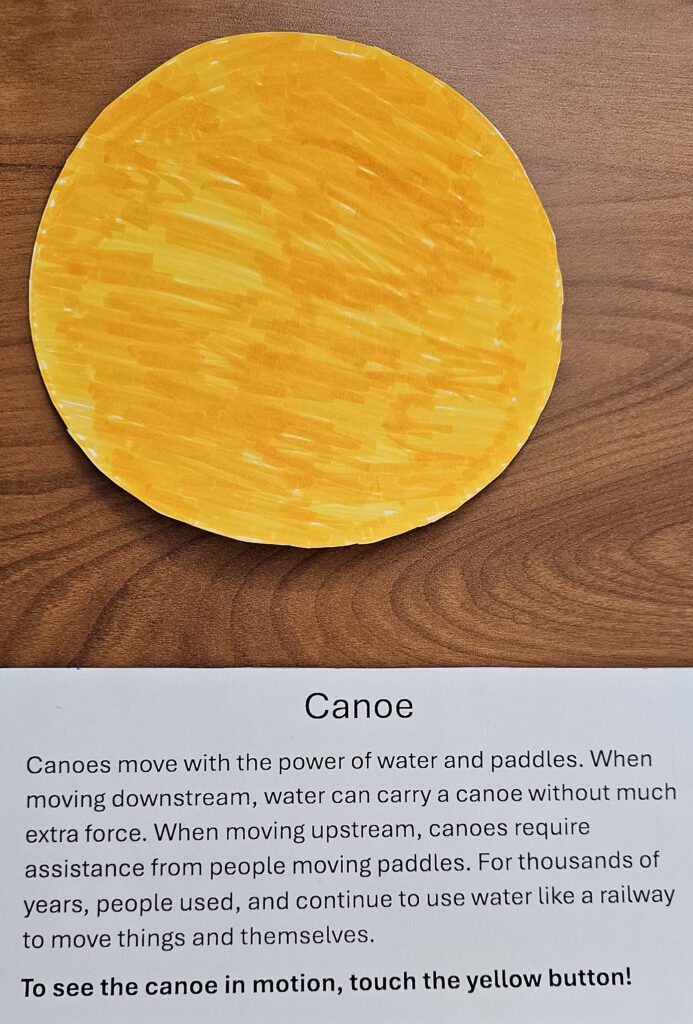
For HISTORY HI9807B – Introduction to Museology, I prepared a proposal for one physical interactive for an exhibition featuring stories of Londoners’ tattoos and of London tattoo artists that will be at Museum London.
Tattoo-YOU_PI_Draft-1
